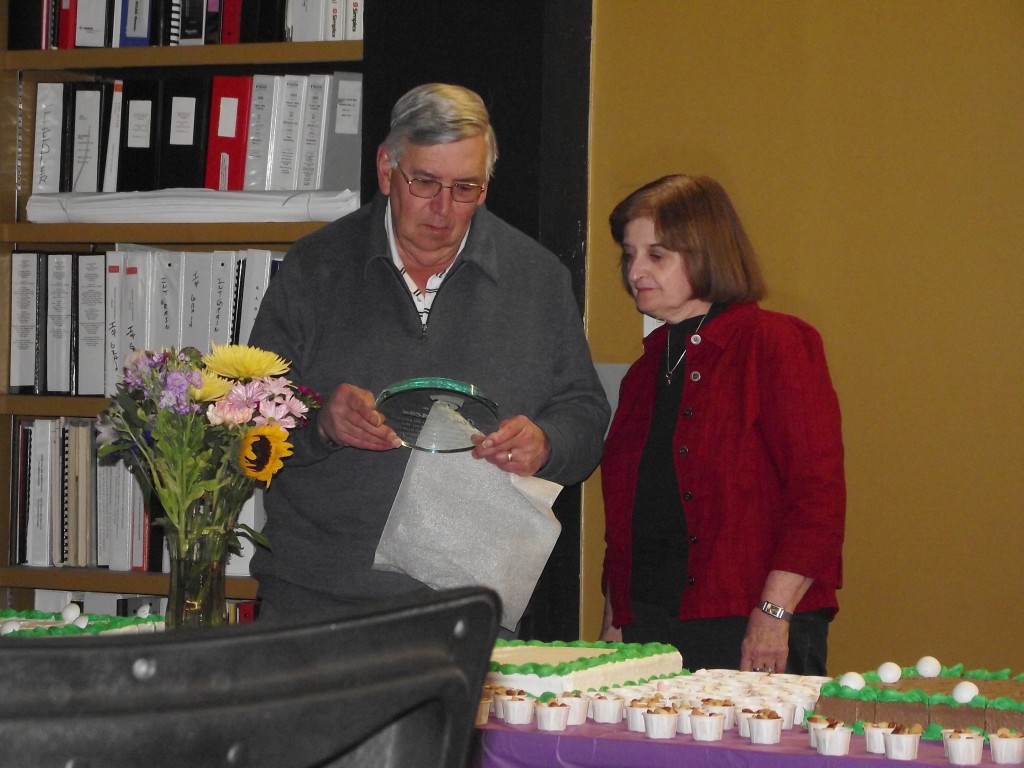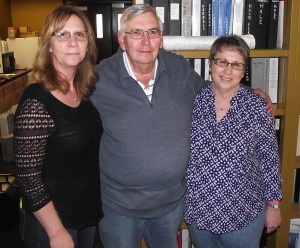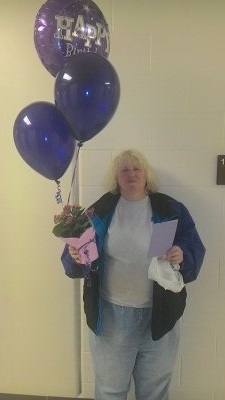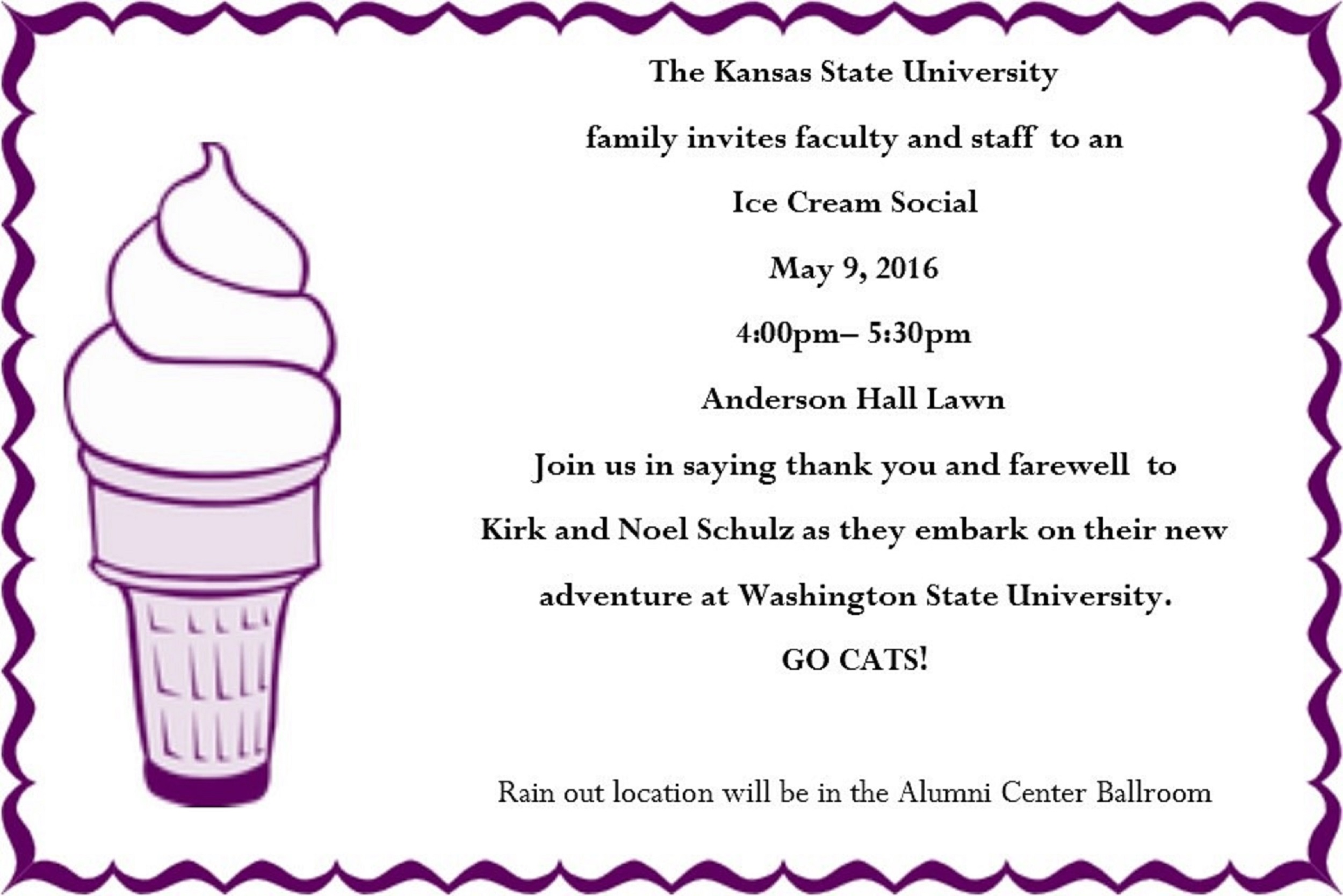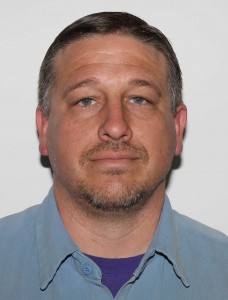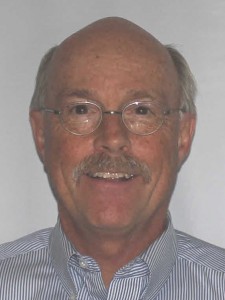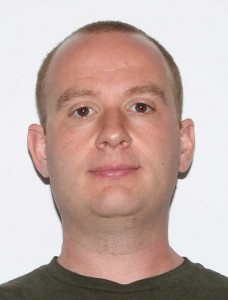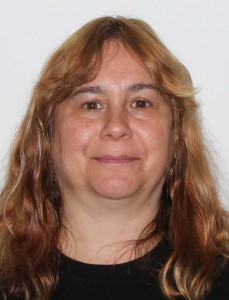By Gary Weishaar, PE, Energy Manager
Spring greetings from the Division of Facilities! Let me start this month’s message by introducing myself. My name is Gary Weishaar and I had the privilege of joining the K-State family last October as the Campus Energy Manager. I am honored to be here! I’d like to take this opportunity to share some thoughts on sustainability and energy usage on our campus.
I am honored to be here! I’d like to take this opportunity to share some thoughts on sustainability and energy usage on our campus.
If you have the responsibility of paying your utility bills at home, you know that the cost of living continues to rise. With electricity, gas, and water usage thrown in with the rest of the bills, it can sometimes seem like there’s too much MONTH at the end of the MONEY. Now, imagine you’re paying the bills for a small city. Just like at home….budgets can get tight.
While many efforts are being made to conserve energy usage on campus, costs are still rising. In fiscal year 2015 (July 1, 2014 – June 30, 2015), we spent a total of $14,046,838. This figure is broken down into the following:
Electric 118,785,034 KWH1 $9,702,093
Gas 581,591 MCF2 $2,720,158
Water & Sewer 610,299 CCF3 $1,624,587
That calculates to $38,485/day……or $1,604/hour.….or 45 cents/second!! That also equates to approximately $500 for every student, faculty member, and staff member on campus. Knowing that might make your home bill a little easier to swallow!
So, with costs continuing to rise and budgets being cut, what can we do? For starters, a significant amount of power that we purchase from Westar Energy is created using Renewable Energy. Currently, system wide, they have 864MW of wind generated energy with plans to have a total of 1263MW of wind energy by the end of 2016 and 1743MW by the end of 2017. In total, they will produce enough green energy annually to meet one third of their retail customers’ needs.
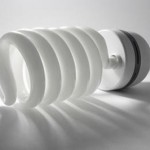 Closer to home, there are many things being done by K-State’s Campus Planning in building design and construction to help. For example, the newly opened Engineering Expansion building, College of Business Administration, and Seaton Hall Expansion will all have cutting-edge technology and building controls to conserve energy. This includes LED lighting, occupancy sensors and unoccupied setbacks among other things. In fact, these buildings were all designed with sustainability principles in mind and two buildings on campus were built/renovated based on standards from the United States Green Building Council’s “Leadership in Energy and Environmental Design” (LEED) program. Both Justin Hall and Leadership Studies were awarded Gold certification and it’s believed that Leadership Studies was the first building among higher education institutions in Kansas to be given this prestigious designation. We are also completing the new $56,000,000 Chiller Plant Project to add more capacity and more efficient control to the chilled water supply, which is far and away the largest consumer of electricity. Even small classroom renovation projects are installing new windows, cool roofs, high-efficiency lighting, and other upgrades to help in the effort.
Closer to home, there are many things being done by K-State’s Campus Planning in building design and construction to help. For example, the newly opened Engineering Expansion building, College of Business Administration, and Seaton Hall Expansion will all have cutting-edge technology and building controls to conserve energy. This includes LED lighting, occupancy sensors and unoccupied setbacks among other things. In fact, these buildings were all designed with sustainability principles in mind and two buildings on campus were built/renovated based on standards from the United States Green Building Council’s “Leadership in Energy and Environmental Design” (LEED) program. Both Justin Hall and Leadership Studies were awarded Gold certification and it’s believed that Leadership Studies was the first building among higher education institutions in Kansas to be given this prestigious designation. We are also completing the new $56,000,000 Chiller Plant Project to add more capacity and more efficient control to the chilled water supply, which is far and away the largest consumer of electricity. Even small classroom renovation projects are installing new windows, cool roofs, high-efficiency lighting, and other upgrades to help in the effort.
 In addition, individuals and student groups have approached me on ways they can help. We are currently working with them to set up volunteer groups to help spread the message that “green is cool”.
In addition, individuals and student groups have approached me on ways they can help. We are currently working with them to set up volunteer groups to help spread the message that “green is cool”.
The good news is that these efforts have paid off! As an example, our electric usage (KWH1) for the last three years has been:
123,048,802 in FY13 (07/01/2012 through 06/30/2013)
122,823,152 in FY14 (07/01/2013 through 6/30/2014)
118,785,034 in FY15 (07/01/2014 through 6/30/2015)
As you can see, even with the addition of more square footage, our USAGE has declined. However, due to rate increases and other variables, our COST has increased from $9,454,442 in FY13, to $9,699,763 in FY14 and $9,702,093 last year. Even when we do the right things, we find there is still a need to continue tightening our belts.
 So, thanks for your help! Keep up the great work and let’s see if we can do even more. Remember all that sage wisdom your Dad used to share with you? (“Shut the door….do you live in a barn?” or “Turn off the lights….do you think I’m made of money?”) Regardless of how goofy they may have sounded, there was some logic in those timeless phrases. If all of us could try and remember to take those words to heart, we could potentially save thousands of dollars a year on utility costs as well as help reduce our carbon footprint for future generations. So, the next time you’re the last one leaving a room and the light is still on – flip the switch, shut the door, and smile at dear old Dad.
So, thanks for your help! Keep up the great work and let’s see if we can do even more. Remember all that sage wisdom your Dad used to share with you? (“Shut the door….do you live in a barn?” or “Turn off the lights….do you think I’m made of money?”) Regardless of how goofy they may have sounded, there was some logic in those timeless phrases. If all of us could try and remember to take those words to heart, we could potentially save thousands of dollars a year on utility costs as well as help reduce our carbon footprint for future generations. So, the next time you’re the last one leaving a room and the light is still on – flip the switch, shut the door, and smile at dear old Dad.
1 A KWH or Kilowatt-hour is the equivalent of burning ten (10) 100-watt lightbulbs for 1 hour
2 A MCF is 1000 cubic feet. One cubic foot is the volume you can fit in a box 1 foot high by 1 foot wide by 1 foot deep
3 A CCF is 100 cubic feet. One cubic foot is the volume you can fit in a box 1 foot high by 1 foot wide by 1 foot deep
